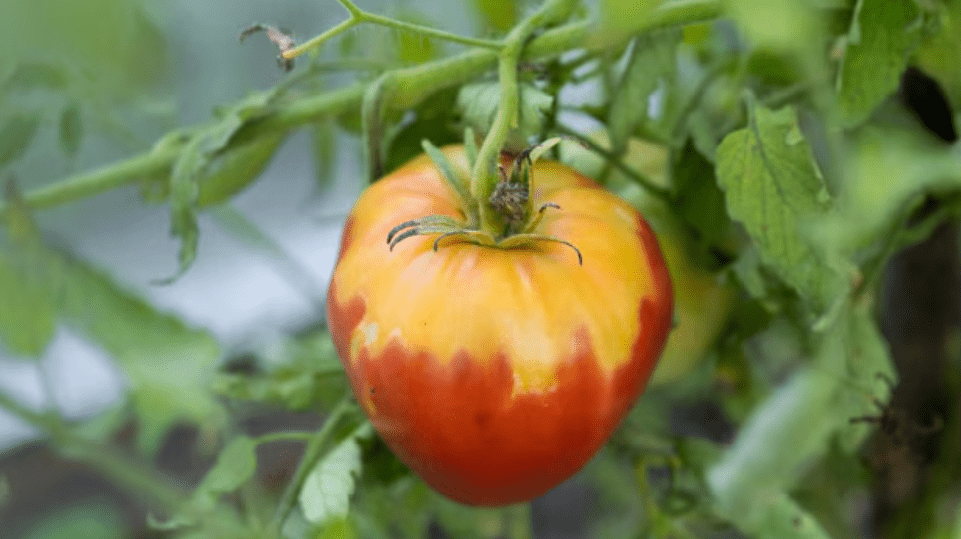
Tomatoes Not Turning Red? Here's What You Need to Know
Are you frustrated with your tomatoes not turning red despite all your hard work and effort? Don’t worry, we’ve got you covered. In this post, we’ll dive into the reasons why your tomatoes might not be ripening and provide you with practical solutions to ensure a successful harvest. Don’t let all your hard work in the garden go to waste – follow our expert advice and watch your tomatoes ripen to perfection. Let’s get those tomatoes turning red!
Table of Contents
ToggleUnderstanding Tomato Ripening
A. The Ripening Process
Have you ever wondered why tomatoes take so long to turn red? It’s all about the ripening process. Tomatoes need just the right combination of sunlight, temperature, and nutrients to ripen properly. If any of these factors are off, your tomatoes might struggle to turn red. But fear not, there are simple solutions to get your tomatoes on the right track.
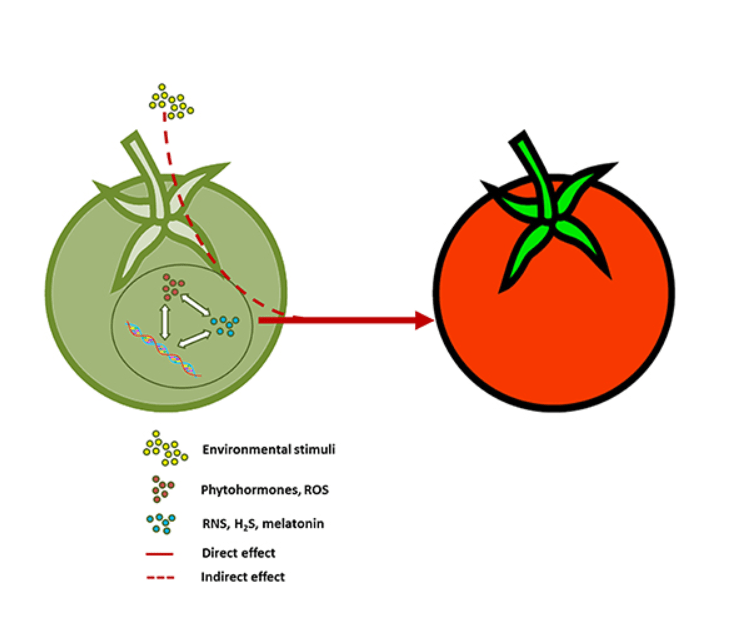
B. Factors Affecting Ripening
First and foremost, sunlight plays a crucial role in tomato ripening. Without adequate sunlight, tomatoes can take much longer to turn red, or may never reach full ripeness at all. Make sure your tomato plants are getting at least 6-8 hours of direct sunlight each day. If necessary, consider moving your plants to a sunnier location or providing artificial light to supplement their sun exposure.
Temperature is another key factor in the ripening process. Tomatoes prefer temperatures between 70-80 degrees Fahrenheit for optimal ripening. If the weather is too hot or too cold, it can slow down the ripening process. Consider using a shade cloth or mulch to protect your plants from extreme temperatures, and consider covering your plants at night if temperatures drop too low.
Lastly, nutrients are essential for healthy tomato ripening. Make sure your plants are receiving the proper balance of nutrients, including nitrogen, phosphorus, and potassium. A lack of these nutrients can cause stunted growth and slow ripening. Consider using a balanced fertilizer to ensure your plants are getting the nutrients they need to ripen properly.
Common Reasons Tomatoes Don’t Turn Red
A. Temperature Issues
1. High Temperatures
High Temperatures can cause tomatoes to stop ripening and become sunburned. This can lead to uneven ripening and a lack of vibrant color in your tomatoes. To combat this, make sure to provide some shade for your tomatoes during the hottest parts of the day and ensure they are well-watered to prevent heat stress.
2. Low Temperatures
On the other hand, low temperatures can also prevent tomatoes from ripening properly. If your tomatoes are experiencing chilly nights or cool weather, they may struggle to ripen at all. To combat this, consider using a simple cover or a makeshift greenhouse to protect your tomatoes from the cold and help them ripen.
B. Light Conditions
1. Insufficient Sunlight
Insufficient sunlight is a common issue that can prevent tomatoes from reaching their full potential. Without enough sunlight, tomatoes may not develop their full flavor and vibrant color. To address this issue, make sure to plant your tomatoes in a location that receives at least 6-8 hours of sunlight per day. Consider trimming nearby plants or trees that may be blocking the sunlight and consider using reflective mulch to maximize the amount of sunlight reaching your tomatoes. With a little extra attention to sunlight, you can ensure your tomatoes reach their maximum flavor and quality.
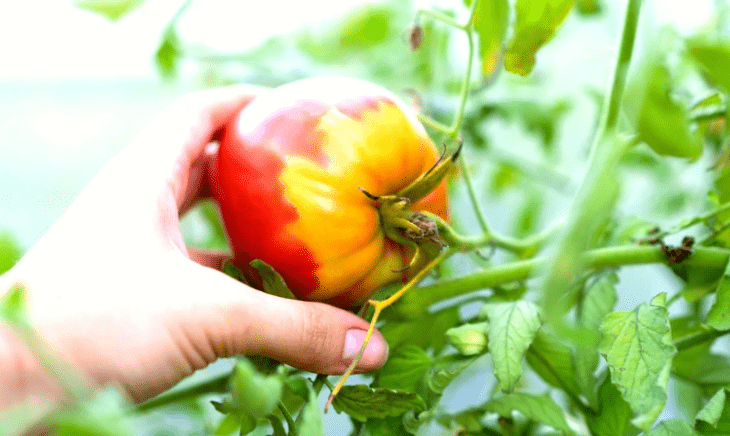
2. Overexposure
To combat overexposure, consider using shade cloth to protect your tomatoes from the intense sunlight. Overexposure can lead to sunburn and decreased fruit production, so it’s important to provide some relief from the harsh rays. By using shade cloth or planting your tomatoes in a location with some natural shade, you can help your plants thrive and produce delicious, ripe tomatoes. Don’t let overexposure ruin your tomato harvest – take steps to protect your plants and enjoy the fruits of your labor.
C. Nutrient Deficiencies
1. Imbalanced Fertilization
It’s essential to ensure that your tomato plants are receiving the proper balance of nutrients to reach their maximum flavor and quality. Imbalanced fertilization can result in stunted growth and decreased fruit production, ultimately affecting the taste and quality of your tomatoes. Make sure to use a well-balanced fertilizer that contains all the essential nutrients, such as nitrogen, phosphorus, and potassium, to support healthy plant growth and flavorful fruit development. By providing your tomato plants with the right nutrients, you’ll be rewarded with a bountiful harvest of delicious, high-quality tomatoes. Don’t let nutrient deficiencies hold back your tomato plants – give them the nutrients they need to thrive and provide you with the best-tasting tomatoes possible.
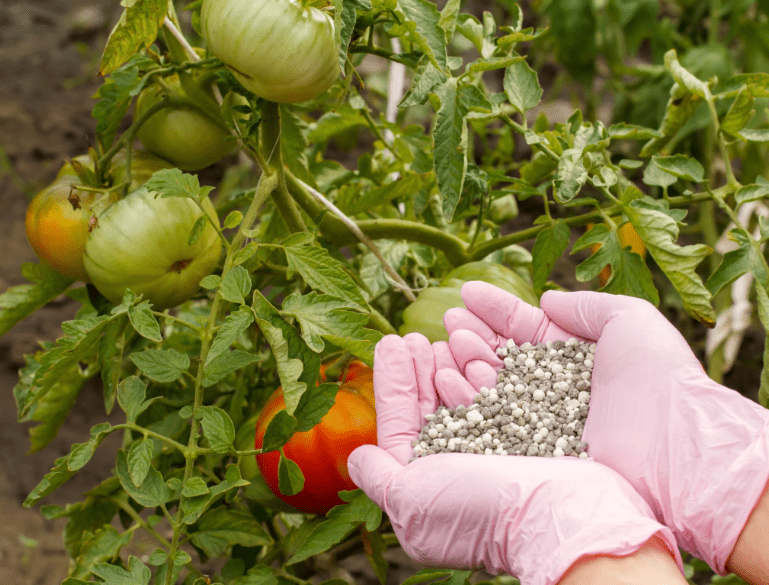
2. Soil Quality
The key to growing flavorful tomatoes lies in the quality of your soil. Nutrient deficiencies in the soil can have a direct impact on the taste and quality of your tomatoes. It’s crucial to ensure that your soil is rich in essential nutrients, such as nitrogen, phosphorus, and potassium, to support healthy plant growth and flavorful fruit development. Consider conducting a soil test to determine the nutrient levels and pH balance of your soil, and then amend it as necessary to provide your tomato plants with the optimal growing environment. By investing in the quality of your soil, you’ll be investing in the flavor and quality of your tomatoes. Don’t settle for subpar soil – give your tomato plants the nutrient-rich soil they need to produce the best-tasting tomatoes possible.
D. Tomato Variety
1. Indeterminate vs. Determinate Varieties
When it comes to choosing the right tomato variety for your garden, the decision between indeterminate and determinate varieties is a crucial one. Indeterminate varieties continue to grow and produce fruit throughout the growing season, while determinate varieties have a more compact growth habit and produce their fruit all at once.
So why should you care about the type of tomato variety you choose? Well, if you are looking for a continuous harvest of tomatoes throughout the season, then indeterminate varieties are the way to go. On the other hand, if you are interested in a more concentrated harvest for canning or preserving, then determinate varieties are the better option.
Ultimately, the choice between indeterminate and determinate varieties comes down to your specific gardening goals and needs. Whether you are looking for a steady supply of fresh tomatoes or a big harvest all at once, selecting the right variety can make a significant difference in the success of your tomato garden.
So, don’t overlook the importance of choosing the right tomato variety for your garden. Take the time to consider your needs and preferences, and select the variety that will best suit your gardening goals. Your tomatoes will thank you for it!
2. Specific Varieties
I highly recommend considering specific varieties when choosing the right tomatoes for your garden. Are you looking for a classic, well-rounded tomato flavor? Then consider planting a beefsteak or Brandywine variety. If you’re interested in smaller, sweeter tomatoes, cherry or grape varieties may be the best option for you. Do you want to add some color to your garden? Look into planting heirloom varieties with unique colors and patterns. Each variety offers something different, so take the time to explore your options and choose the tomatoes that will best suit your taste preferences and culinary needs. Your taste buds will thank you for it!
E. Pest and Disease Problems
1. Common Pests
Common Pests that can affect tomato plants include aphids, hornworms, and whiteflies. By choosing the right tomato variety and taking preventative measures, such as planting companion plants and using natural pest control methods, you can minimize the risk of pest infestations. Don’t let the fear of pests deter you from growing your own tomatoes – with the right knowledge and preparation, you can keep these pesky bugs at bay and enjoy a bountiful harvest.
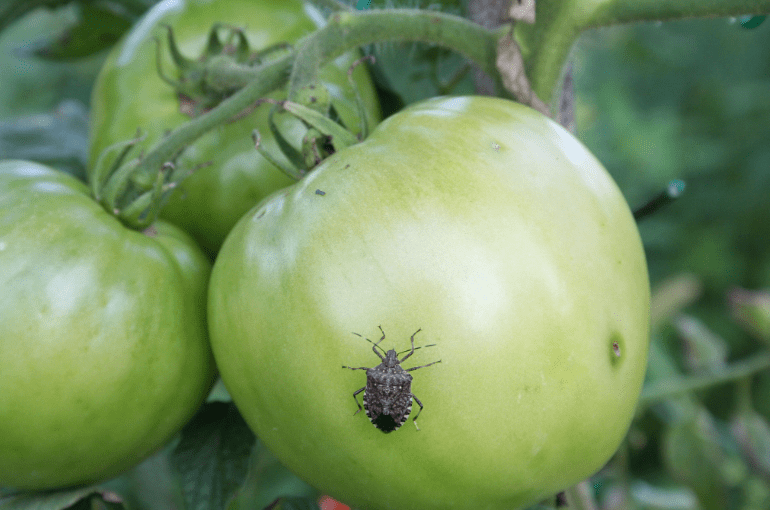
2. Diseases
Tomatoes are susceptible to a variety of diseases, including blight, blossom end rot, and fungal infections. However, by selecting disease-resistant tomato varieties and practicing good gardening practices, such as proper spacing and watering, you can significantly reduce the risk of disease affecting your plants. Don’t let the fear of disease stop you from growing your own tomatoes – with a little extra care and attention, you can enjoy healthy, disease-free tomatoes straight from your garden. So, take the time to research disease-resistant tomato varieties and set yourself up for a successful and bountiful harvest. Your efforts will be well worth it when you bite into a juicy, disease-free tomato!
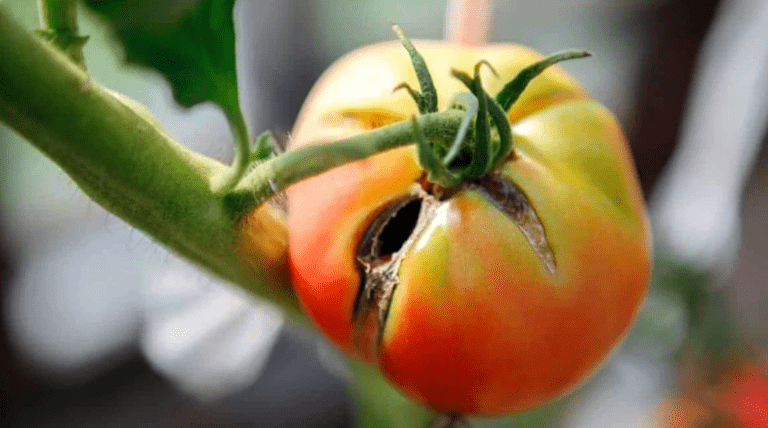
Solutions for Unripe Tomatoes
A. Adjusting Growing Conditions
1. Temperature Control
Methods for managing temperature fluctuations, including using row covers, greenhouses, or other protective measures to shield your tomatoes from extreme temperatures, can help promote ripening. Additionally, keeping your tomatoes well-watered and providing them with plenty of sunlight can also encourage the ripening process.
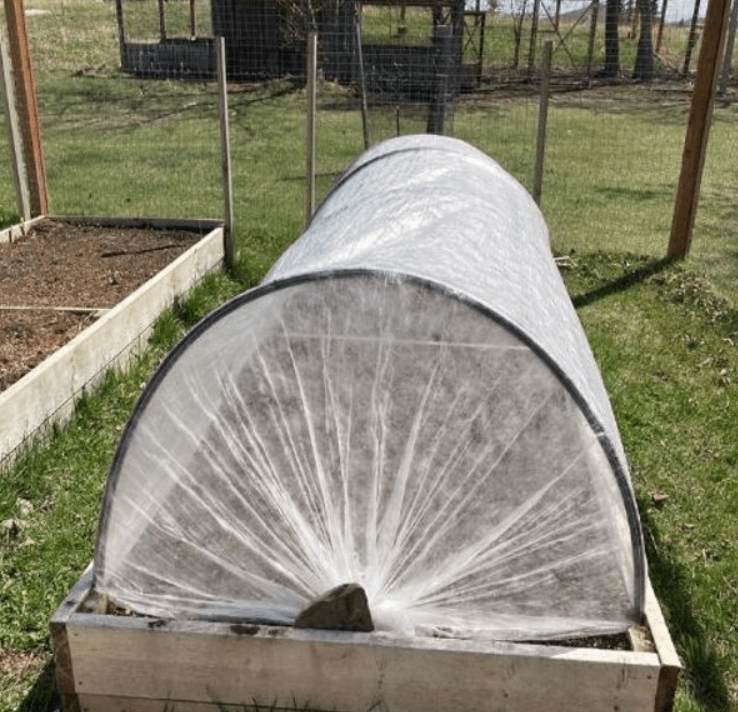
2. Improving Light Exposure
Ensuring that your tomato plants receive adequate sunlight is essential for ripening. Trim any excess foliage that may be blocking sunlight and consider using reflective mulch to maximize light exposure. Additionally, pruning your plants to promote air circulation can also help improve ripening.
B. Nutrient Management
1. Fertilization Tips
To ensure your tomato plants are receiving the nutrients they need for ripening, it is important to fertilize them regularly. Using a balanced fertilizer specifically designed for vegetables can provide your plants with the necessary nutrients. Additionally, consider incorporating organic matter, such as compost, into the soil to improve nutrient availability. By properly managing the nutrients your plants receive, you can support healthy growth and encourage ripening.
2. Soil Improvement
Improving the quality of your soil is crucial for promoting the ripening of your tomato plants. Adding organic matter, such as compost, can help improve soil structure and fertility, providing your plants with the necessary nutrients. Additionally, consider testing your soil to determine any deficiencies and adjust your fertilizer application accordingly. By taking the time to improve your soil, you can create an optimal growing environment for your tomato plants and support the ripening process. Remember, healthy soil equals healthy plants!
C. Pruning and Plant Care
1. Proper Pruning
Proper Pruning is essential for promoting the growth and productivity of your tomato plants. By removing unnecessary and overgrown branches, you can allow for better air circulation and light penetration, ultimately leading to healthier and more abundant fruit production. Additionally, regularly inspecting your plants for any signs of disease or pests can help prevent and address any issues before they become a problem. Taking the time to properly care for your tomato plants through pruning and vigilant monitoring can lead to a bountiful harvest and ultimately, a more successful growing season. So don’t neglect the importance of proper pruning and plant care for your tomato plants!
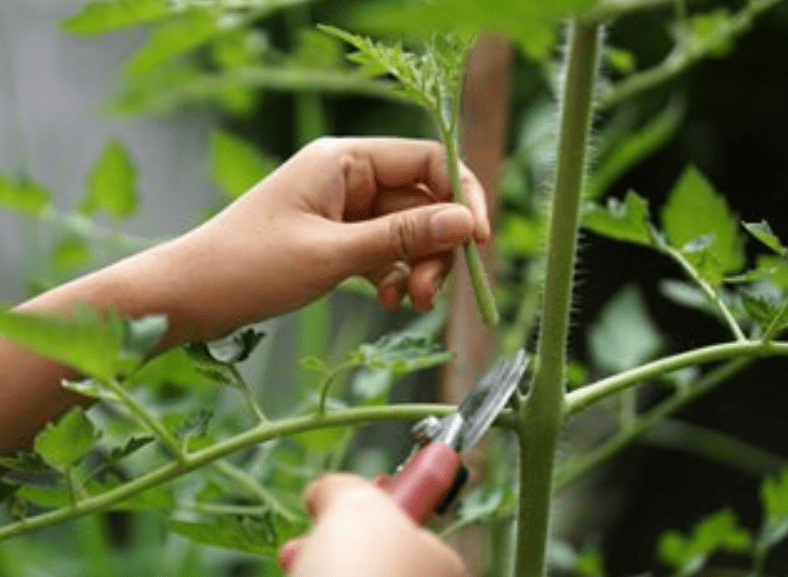
2. Plant Health
Taking care of your plants is crucial to ensuring their health and productivity. By providing them with proper nutrients, water, and sunlight, you can help them thrive and produce the best possible yield. Regularly checking for any signs of disease, pests, or nutrient deficiencies can help you address any issues before they become severe and ultimately, lead to a decline in plant health. By investing time and effort into the care of your plants, you can enjoy a beautiful and fruitful garden that brings joy and satisfaction. So don’t underestimate the power of plant care in maintaining the health and vigor of your garden!
D. Ripening Techniques
1. Indoor Ripening
One common reason why your tomatoes may not be turning red is due to improper ripening techniques. Sometimes, tomatoes need a little extra help to ripen fully. One solution is to bring them indoors and let them ripen in a warm, sunny spot. This can help speed up the ripening process and ensure that you have a bountiful harvest of delicious, ripe tomatoes. By taking the extra step to provide the right conditions for ripening, you can ensure that your hard work in growing these tomatoes doesn’t go to waste. So don’t give up on those green tomatoes just yet – try bringing them indoors and watch them turn red before your eyes! Your dedication to your garden will pay off in the end.
2. Ethylene Gas
Another effective method for indoor ripening is to use ethylene gas. Ethylene is a natural plant hormone that speeds up the ripening process. By placing your unripe tomatoes in a container with a ripe banana or apple, you can increase the ethylene levels and encourage faster ripening. This simple and natural method can help ensure that your tomatoes reach their full, juicy, and flavorful potential. So next time you have a batch of green tomatoes, don’t hesitate to use ethylene gas to help them ripen to perfection. Your taste buds will thank you!
Preventing Future Issues
A. Choosing the Right Varieties
When it comes to your garden, choosing the right varieties is crucial for success. By selecting plant varieties that are well-suited to your climate and growing conditions, you can set yourself up for a bountiful harvest. Take the time to research and choose varieties that are disease-resistant, high-yielding, and suited to your specific growing space. By investing in the right varieties, you can prevent future issues and set yourself up for success. So, when you’re planning your garden for the next growing season, make sure to select the best varieties for your unique garden. Your dedication to choosing the right varieties will pay off with a thriving and productive garden.
B. Seasonal Planning
When it comes to preventing future issues in your garden, seasonal planning is key. By carefully planning and organizing your garden tasks based on the time of year, you can avoid potential challenges and ensure a successful growing season. Take the time to create a planting schedule, considering factors such as frost dates, temperature fluctuations, and soil conditions. By following a seasonal plan, you can ensure that your plants are being planted and cared for at the right time, reducing the risk of issues arising.
Seasonal planning also allows you to stay ahead of potential problems by scheduling tasks such as soil testing, pest and disease prevention, and proper crop rotation. This proactive approach can help you identify and address issues before they become major problems, ultimately saving you time and effort in the long run.
So, when it comes to preventing future issues in your garden, seasonal planning is a must. By carefully organizing and scheduling your garden tasks based on the time of year, you can set yourself up for a successful and bountiful harvest. Don’t overlook the power of seasonal planning in maintaining a thriving and healthy garden.
C. Regular Maintenance
Regular Maintenance is essential for ensuring that your tomato plants are healthy and productive. This includes regular watering, proper fertilization, and regular pruning to promote growth and fruit production. By staying on top of maintenance tasks, you can prevent issues such as nutrient deficiencies, overwatering, and overcrowding, which can all contribute to tomatoes not turning red. Additionally, regular maintenance allows you to monitor for pests and diseases, and take action promptly to prevent them from affecting your plants. Don’t let all your hard work in growing tomatoes go to waste – stay on top of regular maintenance to ensure a successful harvest. By taking the time to care for your plants, you can enjoy the satisfaction of seeing your tomatoes ripen to a beautiful red color and know that your efforts have paid off. So keep at it and help each other to reach your goals in the future.
In conclusion, there are many factors that can contribute to your tomatoes not turning red, such as temperature, sunlight, and nutrient deficiencies. By understanding these factors and implementing the solutions we’ve provided, you can ensure a successful harvest and enjoy delicious, ripe tomatoes. Don’t let all your hard work in the garden go to waste—take action and make sure your tomatoes turn red!
Frequently Asked Questions (FAQs)
There are a few reasons why your tomatoes may not be turning red. It could be due to the variety of tomato you are growing, the temperature, or the amount of sunlight they are getting.
To help your tomatoes turn red, make sure they are getting at least 6-8 hours of sunlight a day, and that the temperature is consistently above 50 degrees Fahrenheit. You can also try pruning the plant to allow more sunlight to reach the tomatoes.
Yes, you can try picking the tomatoes when they are just starting to show some color and then letting them ripen indoors on a windowsill. You can also place a ripe banana or apple in a bag
If your tomatoes are still not turning red, it may be due to a lack of nutrients in the soil. Try adding a balanced fertilizer to the soil to give the plants a boost.
It can be normal for some varieties of tomatoes to take longer to turn red, especially if the weather has been cooler. Patience is key, but you can always try the ripening tricks mentioned earlier to help speed up the process.
Yes, you can still eat tomatoes that haven’t turned red. They may not be as sweet or flavorful as fully ripe tomatoes, but they are still safe to eat and can be used in cooking or salads.
